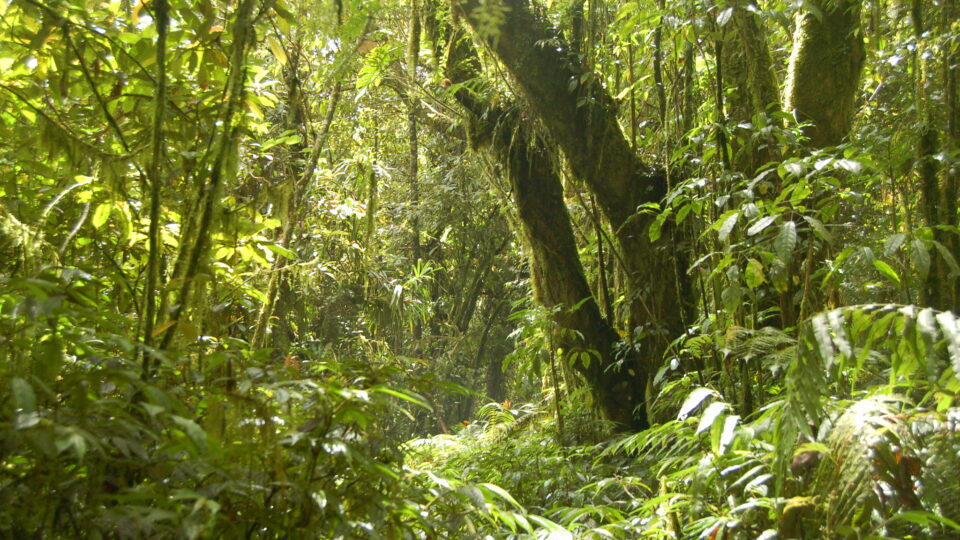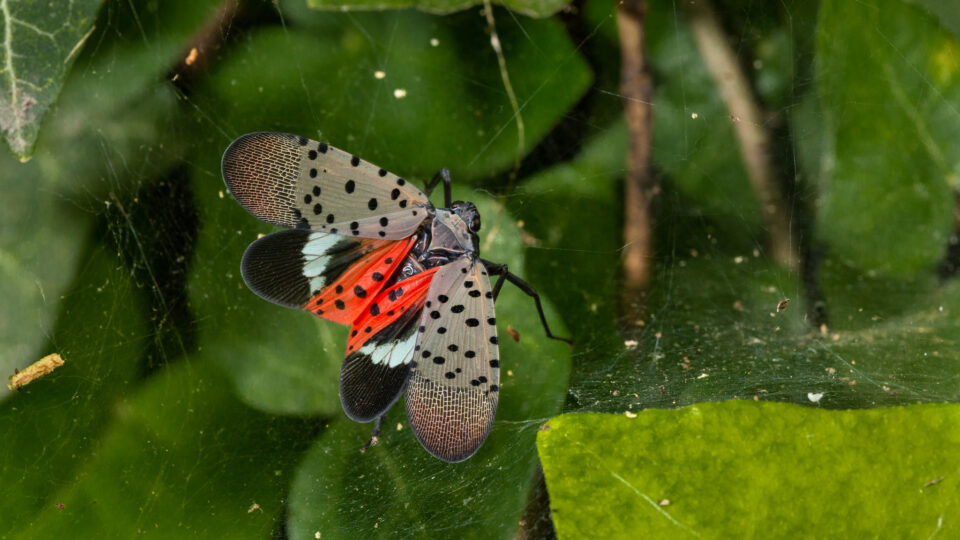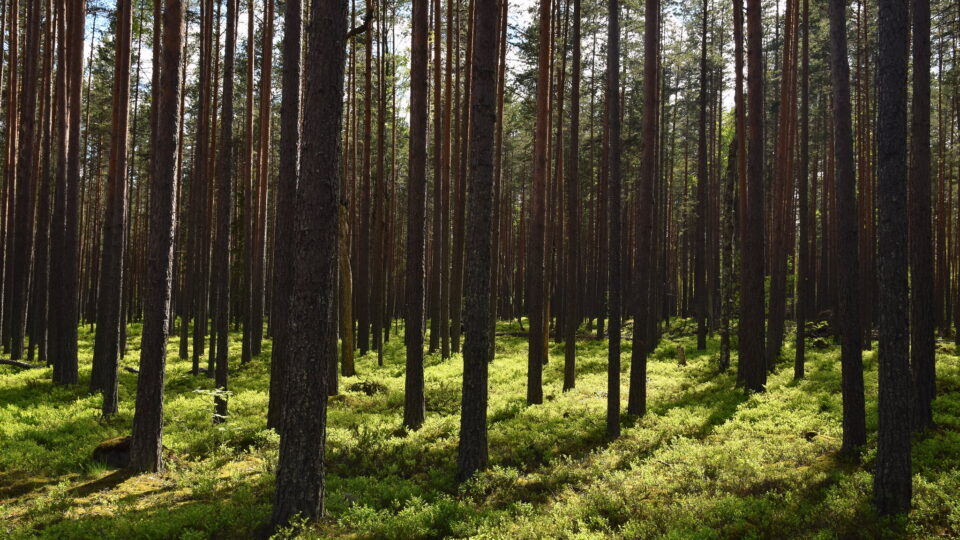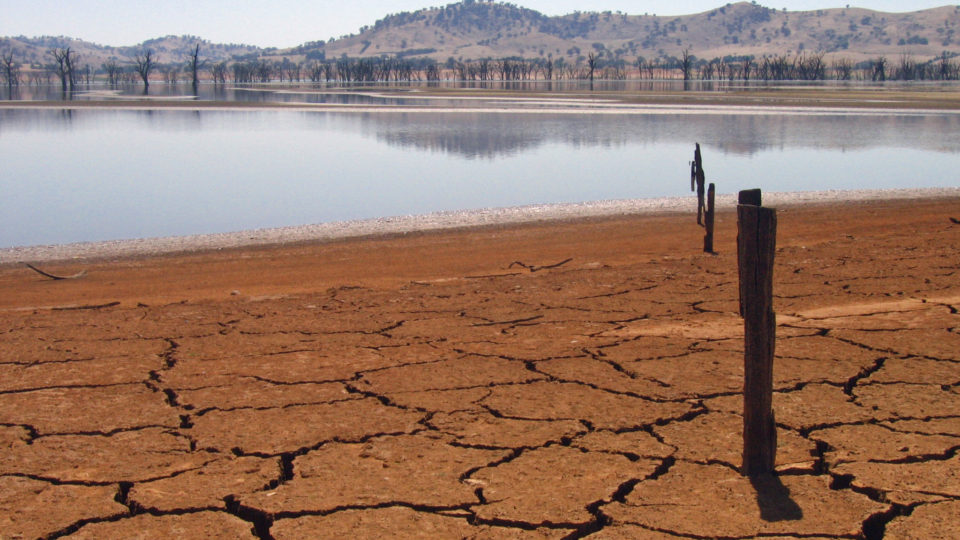Ideas for potential technologies that could artificially cool the planet as a countermeasure against global warming have been considered radical and dangerous for a long time. But as climate change continues to become increasingly apparent, ideas like solar geoengineering are gaining increasing attention.
Most environmental organizations are at best skeptical about such ideas and oppose them. Their opposition is in part based on the assertion that there are no quick fixes for climate change and that not addressing its root causes is a dangerous path to take. But an even greater concern is that intentionally manipulating global temperatures is likely to have a host of unintended consequences that could prove disastrous.
One of the world’s largest environmental organizations, the Environmental Defense Fund, has decided to fund research into solar geoengineering. The EDF cautions that is in not in favor of deploying such technology. Its position is that the discussion about ways to cool the planet is not going away and cannot be ignored. The lack of proper research can promote unfounded optimism about such technology So, they are going to fund research that can provide information based on solid, well-formulated science.
A major focus will be what other effects technologies like cloud brightening and injecting aerosols into the atmosphere might have apart from providing cooling.
The EDF’s own position is that deliberate climate interventions present serious ecological, moral, and geopolitical concerns. However, they believe that policymakers need to be informed by the most accurate information possible.
**********
Web Links
Environmental Group to Study Effects of Artificially Cooling Earth
Photo, posted February 3, 2008, courtesy of Camilla Cannarsa via Flickr.
Earth Wise is a production of WAMC Northeast Public Radio










